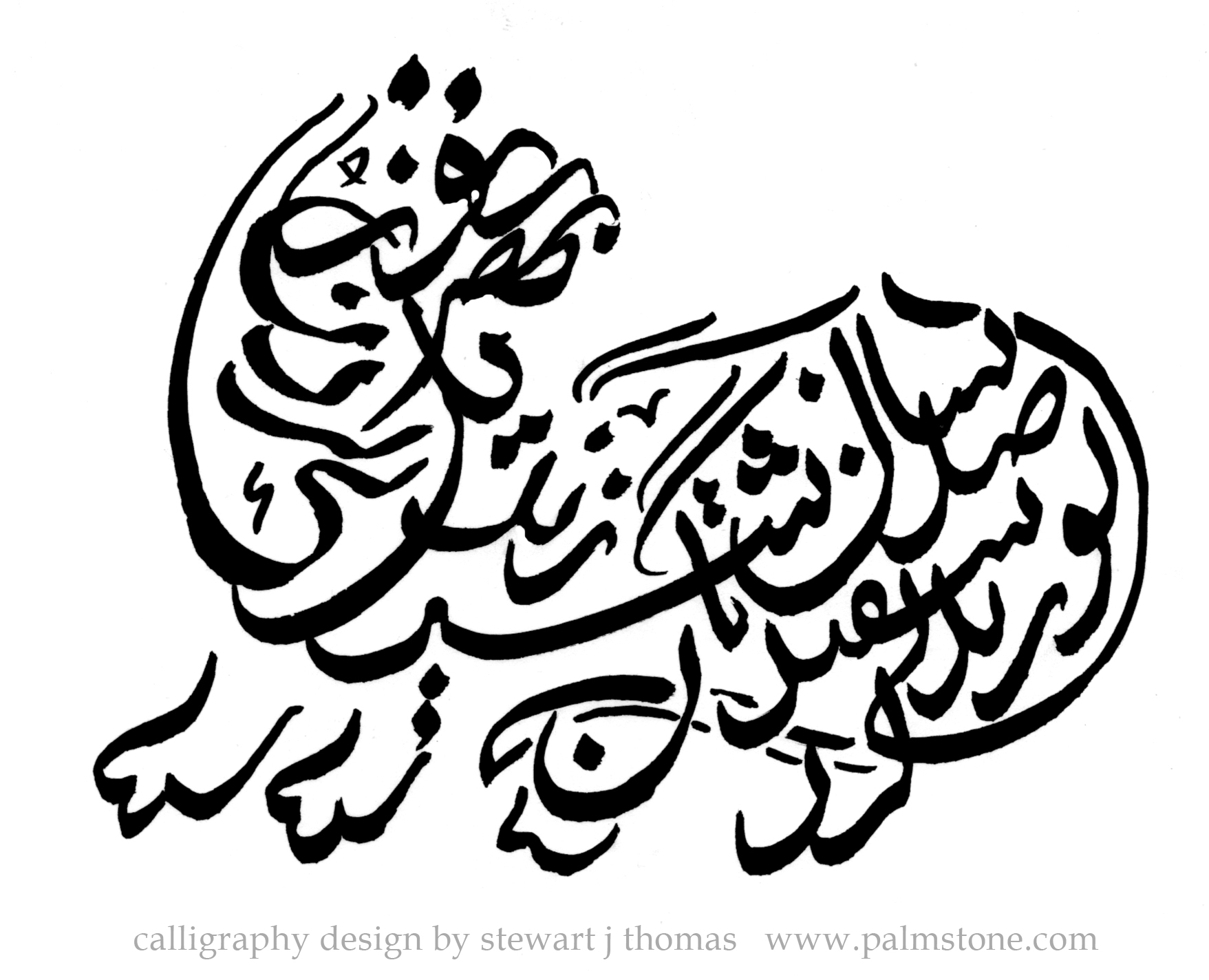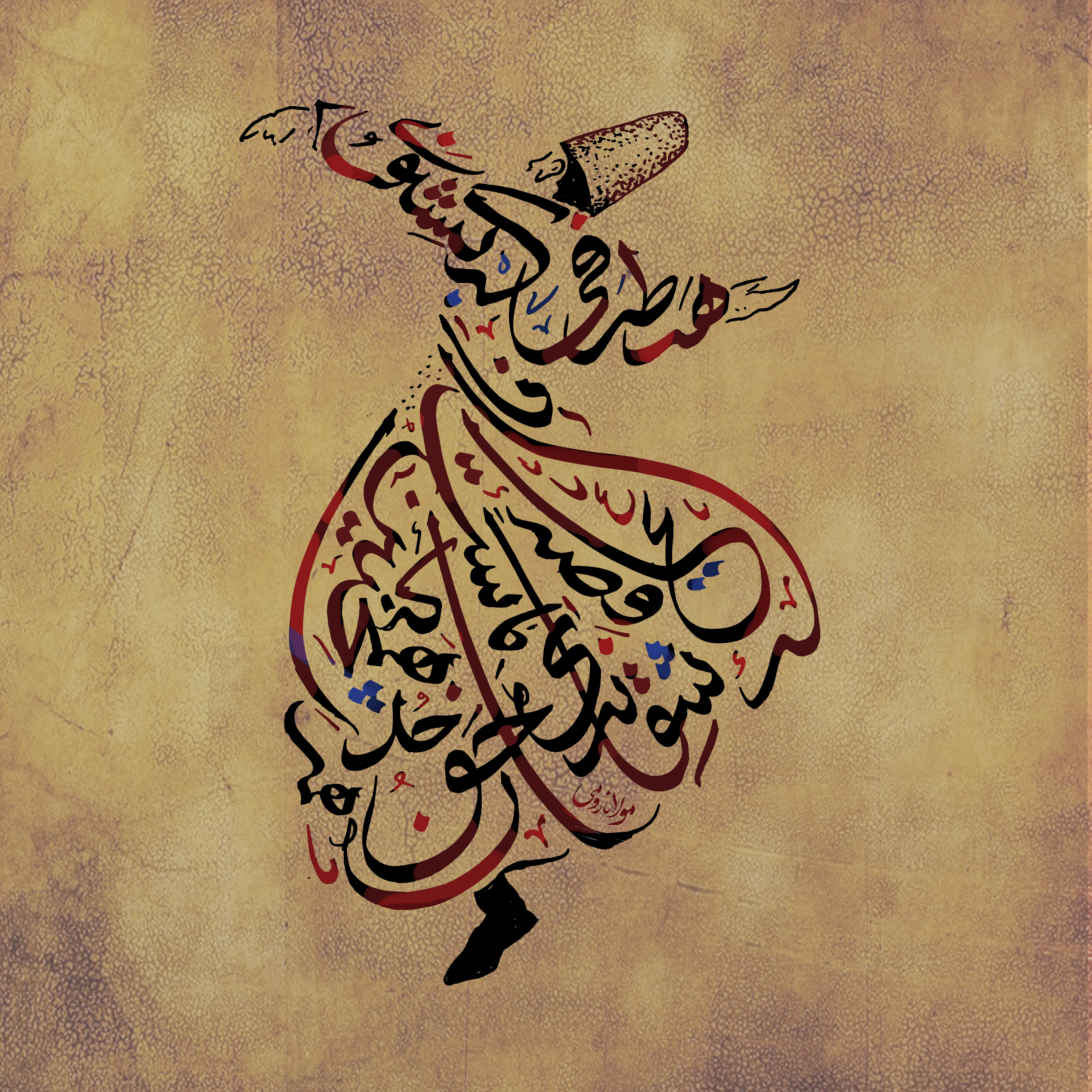The rich and ancient Persian culture, with its intricate language and vibrant artistic traditions, has inspired countless individuals to adorn their bodies with Farsi tattoos. These tattoos, bearing the elegance of the Farsi script, offer a unique way to express one's connection to Persian heritage, culture, or personal values. As the popularity of body art continues to rise, the demand for Farsi tattoos has surged, creating a distinct niche in the tattoo industry.
Understanding the Farsi Script

The Farsi script, also known as Persian, is an Arabic-based abjad script used to write the Persian language. It is characterized by its graceful curves, elegant swirls, and intricate calligraphy. The script’s beauty lies in its versatility, as it can convey a wide range of emotions and ideas through its various styles and forms.
Styles and Their Meanings
Farsi calligraphy boasts a diverse array of styles, each with its own unique character and meaning. Some popular styles include:
- Nasta’liq: A flowing and graceful script, Nasta’liq is often used for poetry and literary works. It is characterized by its long, curved strokes and is considered one of the most beautiful and romantic styles.
- Shekasteh: Meaning “broken” in Farsi, Shekasteh is a more modern and informal script. It is characterized by its broken and fragmented lines, creating a dynamic and energetic feel.
- Ta’liq: A classical and elegant style, Ta’liq is often used for official documents and religious texts. It features a mix of curved and straight lines, creating a balanced and harmonious appearance.
- Thuluth: Known for its majestic and grand appearance, Thuluth is used for decorative purposes and important inscriptions. It is characterized by its thick, bold strokes and elongated shapes.
| Style | Description |
|---|---|
| Nasta'liq | Graceful and romantic, often used for poetry. |
| Shekasteh | Modern and dynamic, with broken lines. |
| Ta'liq | Elegant and balanced, suitable for official documents. |
| Thuluth | Majestic and bold, ideal for decorative purposes. |

Popular Farsi Tattoo Designs

Farsi tattoos offer a wide range of design possibilities, from simple and elegant quotes to intricate and detailed artwork. Here are some popular Farsi tattoo designs and their meanings:
Love and Romance
Love is a common theme in Farsi tattoos, with many individuals choosing to ink their bodies with romantic quotes or phrases. Some popular examples include:
- “عشق ابدی” (eshghe abadi): “Eternal love,” a powerful declaration of everlasting love.
- “دلداده” (del-dadeh): Meaning “in love” or “heart-given,” this phrase captures the essence of deep romantic feelings.
- “عشق من” (eshghe man): “My love,” a sweet and intimate declaration.
Inspirational Quotes
Farsi tattoos are also a popular way to inspire and motivate oneself. Here are some inspirational quotes often chosen for tattoos:
- “بگذار زندگی کنم” (bagzar zendan konam): “Let me live,” a powerful reminder to embrace life and its experiences.
- “مهربان باش” (mehrban bash): “Be kind,” a simple yet profound message promoting compassion and empathy.
- “هدف را فراموش نکن” (hedef ra faramush nakon): “Don’t forget your goal,” an inspiring phrase to keep one focused and motivated.
Nature and Beauty
The Persian culture has a deep connection with nature, and this is often reflected in Farsi tattoo designs. Here are some examples:
- “گل سرخ” (gol sorkh): “Red rose,” a symbol of love, beauty, and passion.
- “بهار” (bahār): “Spring,” representing new beginnings, growth, and hope.
- “آفتاب” (āftāb): “Sun,” a powerful symbol of life, energy, and warmth.
Personalized Designs
Many individuals opt for personalized Farsi tattoos, incorporating their names, initials, or significant dates. These tattoos are unique and hold a special meaning for the wearer. For example, a person’s name written in Farsi calligraphy can be a beautiful and meaningful tattoo.
The Art of Tattooing in Farsi
Tattooing in Farsi requires a high level of skill and precision. It involves not only the artistic talent to create beautiful calligraphy but also a deep understanding of the language and its cultural significance. Here are some key considerations for those interested in getting a Farsi tattoo:
Choosing the Right Artist
When considering a Farsi tattoo, it is crucial to find an experienced tattoo artist who specializes in calligraphy and understands the cultural nuances of the Farsi language. Look for artists with a strong portfolio of Farsi tattoos, as this indicates their expertise and ability to create accurate and aesthetically pleasing designs.
Placement and Size
The placement and size of your Farsi tattoo are important considerations. The script’s intricate nature means it can be appreciated in both small and large sizes. Common placement areas include the forearm, wrist, neck, and chest, but ultimately the choice depends on personal preference and the design’s aesthetic.
Aftercare and Maintenance
Proper aftercare is essential to ensure your Farsi tattoo heals well and maintains its beauty. Follow your tattoo artist’s instructions for cleaning and moisturizing the tattooed area. Avoid exposing the tattoo to direct sunlight for extended periods, as this can cause fading and damage to the ink.
Longevity and Fading
Like all tattoos, Farsi tattoos are permanent, but they can fade over time. The fading process can be influenced by various factors, including sun exposure, skin type, and the tattoo’s placement. To maintain the vibrancy of your Farsi tattoo, consider touch-ups every few years to refresh the design.
The Future of Farsi Tattoos
As the world becomes more interconnected, the demand for cultural tattoos like Farsi designs is likely to continue growing. The beauty and complexity of the Farsi script, combined with its rich cultural heritage, make it an appealing choice for those seeking unique and meaningful body art. With an increasing number of individuals embracing their Persian heritage, we can expect to see a wider variety of Farsi tattoo designs and a deeper appreciation for the art of Farsi calligraphy in the tattoo industry.
How do I ensure the accuracy of my Farsi tattoo design?
+It’s crucial to work with a tattoo artist who has a deep understanding of the Farsi language and its script. They should be able to translate and write your chosen phrase accurately. Additionally, double-check the translation and design with a native Farsi speaker before getting the tattoo.
Are Farsi tattoos popular among non-Persian individuals?
+Yes, Farsi tattoos have gained popularity beyond the Persian community. Many individuals appreciate the beauty and uniqueness of the Farsi script and its cultural significance, making it a popular choice for those seeking distinctive body art.
Can I combine Farsi script with other tattoo elements?
+Absolutely! Farsi script can be combined with various other tattoo elements, such as floral designs, geometric patterns, or even other scripts. This allows for a personalized and unique tattoo that combines cultural heritage with individual artistic preferences.